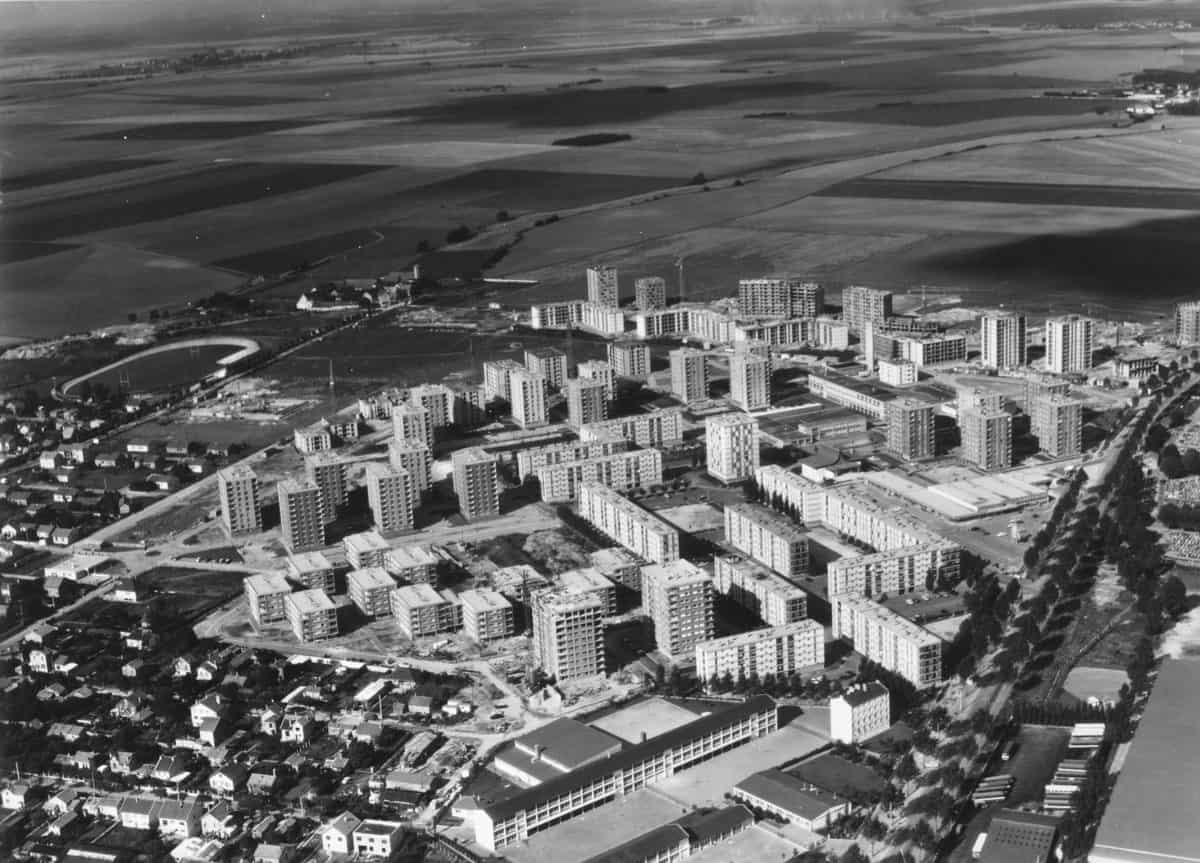
Still engaged with change after ninety years
3 minutes of reading
Although the HLM movement will soon be a hundred years old, it is still calmly and determinedly addressing the challenges it must face: providing homes, of course, but also accommodating changes in society. Energy transition, climate change, regional sustainability, and the shift to digitalisation are all taken into account.

After ninety years, the French HLM movement is doing well, despite political turbulence. France’s social housing model, which is unique in Europe, was the theme of USH’s 80th conference, held at the Porte de Versailles in Pairs from 24 to 26 September 2019. Today, as ever, the HLM movement is involved in discussions that go well beyond the simple necessity to provide everyone with a roof over their head. The large housing estates built in the 1960s and 1970s proved controversial – even though some were of genuine architectural merit – but it must be remembered that at the time they were built to meet an urgent need. Today, the movement is still involved with social change so it can carry out its primary purpose of providing decent, affordable and sustainable housing.
In her report to the Paris HLM Conference 2019 entitled “Social housing in future society”,Marianne Louis, Director General of USH, defined the issues to be discussed over the next few years as follows: “In the France of the future, the climate emergency, the adoption of digital technology, the fight against social and regional divisions, and the balance between work and collaborative and creative activities will become even more important (…). These societal changes will also have an impact on family life and our domestic arrangements, as well as on individuals and how they relate to others.”
Energy transition and the climate emergency
Firstly, energy transition and the climate emergency. In this area, a wide variety of approaches has been under way for some time. A great many social housing providers have been playing a crucial role in supporting projects with a low environmental impact. These projects have included both new builds and renovation work. The environmental performance specifications for buildings are now high on the agenda for commissioning bodies, and asset and rental management teams. Work is in progress on the environmental footprint and the life-cycle of the HLM sector. However, for HLM project managers, this search for optimal solutions is worthless unless tenants are happy, especially when it comes to their wallets. In other words, they must be able to find innovative technical solutions that perform as well as possible and respect the environment as much as possible, while being simple to maintain and financially compatible with what households can afford.How do the HLM movement respond to increasing divisions ?
As for the increasing divisions in society, with regions hit by both extensive metropolitanization and economic and demographic decline, the movement is trying to respond to a number of questions. How can it be proactive in regions that are undergoing change? For example, what can be done about issues such as empty properties, which come about due to economic decline? To address such issues, new, flexible strategies for managing properties need to be developed. In the postscript of the report to the Paris HLM Conference 2019, Jean-Louis Dumont, President of the Union Sociale pour l’Habitat, says,“Our vision for new local and national planning involving economic development centred on inclusive growth [takes into account] this new era. It adds another dimension to our work.”The shift towards digitalisation
Another challenge linked to the other two is the shift towards digitalisation. Along with the development of remote working, this can be a means of revitalising the local economy. At the same time, the development of digital modelling such as BIM will have an increasing influence on the work of social landlords. The HLM movement has really got on board with this so these tools can contribute to better construction methods – at lower cost – and to make building works more reliable. And there are still more changes to be addressed, for example the need to adapt homes to meet the needs of an ageing population of social housing tenants.Most read
More reading
Read also




What lies ahead? 7 megatrends and their influence on construction, real estate and urban development
Article
20 minutes of reading

